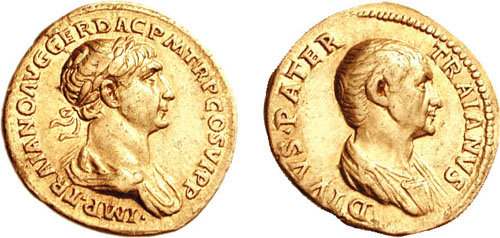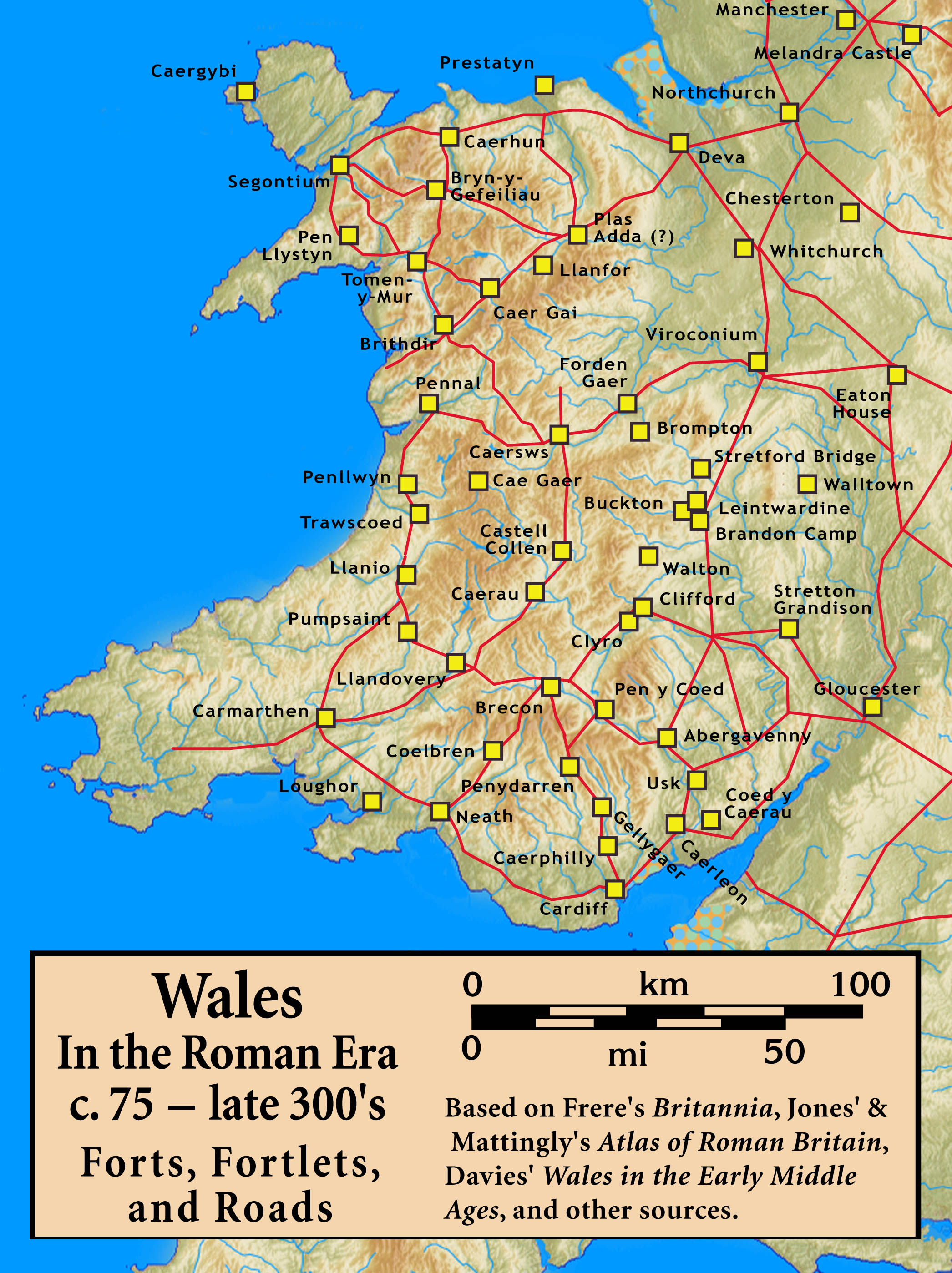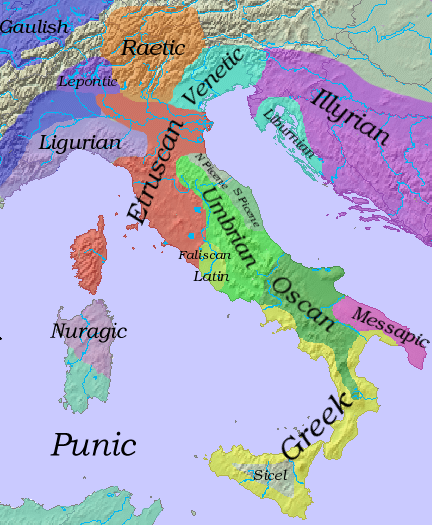|
Cumidava (castra)
Cumidava was a castra, fort in the Roman province of Dacia Apulensis. It is located at northwest of the city Râșnov, Romania near the city of Vulcan, Brașov, Vulcan. The site is located on the middle terrace of Bârsa River (Olt), Bârsa River. It was part of the Roman frontier system of the Limes Transalutanus in a strategic position to the north of the Rucăr–Bran Pass. It was a large fort sufficient for a ''milliaria'' or ''quingenaria equitata'' cohort. Several overlapping forts from different phases have been found. The earliest wooden and earth fort from the time of Trajan measured 110x114 m surrounded by a 10 m wide and 2 m high earth mound and defensive ditch of depth 2 m on the NW and SW sides. The second construction phase was a stone fort of 118 × 124 m with the ''porta praetoria'' on the NE side and walls 1.5-1.7 m thick. On the NE and SE sides the wall was laid in the ditch of the wood and earth phase, the ditch behind being filled with the bank of the earth ... [...More Info...] [...Related Items...] OR: [Wikipedia] [Google] [Baidu] |
Opus Incertum
''Opus incertum'' ("irregular work") was an Ancient Rome, ancient Roman construction technique, using irregularly shaped and randomly placed uncut stones or fist-sized tuff blocks inserted in a core of ''opus caementicium''. Initially it consisted of more careful placement of the ''caementa'' (rock fragments and small stones mixed with concrete), making the external surface as plain as possible. Later the external surface became plainer still by reducing the amount of concrete and choosing more regular small stones. When the amount of concrete between stones is particularly reduced, it is defined as ''Opus reticulatum, opus quasi reticulatum''. Used from the beginning of the 2nd century BC until the mid-1st century BC, it was later largely superseded by ''opus reticulatum''. Vitruvius, in De architectura (''Ten books on engineering''), favours ''opus incertum'', deriding ''opus reticulatum'' as more expensive and structurally inferior, since cracks propagate more easily. See al ... [...More Info...] [...Related Items...] OR: [Wikipedia] [Google] [Baidu] |
Trajan
Trajan ( ; born Marcus Ulpius Traianus, 18 September 53) was a Roman emperor from AD 98 to 117, remembered as the second of the Five Good Emperors of the Nerva–Antonine dynasty. He was a philanthropic ruler and a successful soldier-emperor who presided over one of the greatest military expansions in Roman history, during which, by the time of his death, the Roman Empire reached its maximum territorial extent. He was given the title of ('the best') by the Roman Senate. Trajan was born in the of Italica in the present-day Andalusian province of province of Seville, Seville in southern Spain, an Italic peoples, Italic settlement in Hispania Baetica; his came from the town of Todi, Tuder in the Regio VI Umbria, Umbria region of central Italy. His namesake father, Marcus Ulpius Traianus (father of Trajan), Marcus Ulpius Traianus, was a general and distinguished senator. Trajan rose to prominence during the reign of Domitian; in AD 89, serving as a in , he supported t ... [...More Info...] [...Related Items...] OR: [Wikipedia] [Google] [Baidu] |
Ancient History Of Transylvania
In ancient times, Romans exploited the gold mines in what is now Transylvania extensively, building access roads and forts to protect them, like Abrud. The region developed a strong infrastructure and economy, based on agriculture, cattle farming and mining. Colonists from Thracia, Moesia, Macedonia, Gaul, Syria, and other Roman provinces were brought in to settle the land, developing cities like Apulum (now Alba Iulia) and Napoca (now Cluj Napoca) into municipiums and colonias. The Dacians rebelled frequently, the biggest rebellion occurring after the death of emperor Trajan. Sarmatians and Burs were allowed to settle inside Dacia Trajana after repeated clashes with the Roman administration. During the 3rd century increasing pressure from the free Dacians ( Carpians) and Visigoths forced the Romans to abandon exposed Dacia Trajana. In 271, the Roman emperor Aurelian abandoned Dacia Trajana and reorganised a new Dacia Aureliana inside former Moesia Superior. The abandon ... [...More Info...] [...Related Items...] OR: [Wikipedia] [Google] [Baidu] |
Roman Auxiliary Forts In Romania
Roman or Romans most often refers to: *Rome, the capital city of Italy *Ancient Rome, Roman civilization from 8th century BC to 5th century AD *Roman people, the people of Roman civilization *Epistle to the Romans, shortened to Romans, a letter written by Paul, found in the New Testament of the Christian Bible * Ar-Rum (), the 30th sura of the Quran. Roman or Romans may also refer to: Arts and entertainment Music * Romans (band), a Japanese pop group * ''Roman'' (album), by Sound Horizon, 2006 * ''Roman'' (EP), by Teen Top, 2011 *" Roman (My Dear Boy)", a 2004 single by Morning Musume Film and television *Film Roman, an American animation studio * ''Roman'' (film), a 2006 American suspense-horror film * ''Romans'' (2013 film), an Indian Malayalam comedy film * ''Romans'' (2017 film), a British drama film * ''The Romans'' (''Doctor Who''), a serial in British TV series People * Roman (given name), a given name, including a list of people and fictional characters * Roman (surnam ... [...More Info...] [...Related Items...] OR: [Wikipedia] [Google] [Baidu] |
Roman Dacia
Roman Dacia ( ; also known as ; or Dacia Felix, ) was a province of the Roman Empire from 106 to 271–275 AD. Its territory consisted of what are now the regions of Oltenia, Transylvania and Banat (today all in Romania, except the last region which is split among Romania, Hungary, and Serbia). During Roman rule, it was organized as an imperial province on the borders of the empire. It is estimated that the population of Roman Dacia ranged from 650,000 to 1,200,000. It was conquered by Trajan (98–117) after two campaigns that devastated the Dacian Kingdom of Decebalus. However, the Romans did not occupy its entirety; Crișana, Maramureș, and most of Moldavia remained under the Free Dacians. After its integration into the empire, Roman Dacia saw constant administrative division. In 119 under Hadrian, it was divided into two departments: Dacia Superior ("Upper Dacia") and Dacia Inferior ("Lower Dacia"; later named Dacia Malvensis). Between 124 and around 158, Dacia Sup ... [...More Info...] [...Related Items...] OR: [Wikipedia] [Google] [Baidu] |
List Of Castra
Castra (Latin, singular castrum) were military forts of various sizes used by the Roman army throughout the Empire in Europe, Asia and Africa. The largest castra were permanent legionary fortresses. Locations The disposition of the castra reflects the most important zones of the empire from a military point of view. Many castra were disposed along frontiers particularly in Northern and Central Europe. Another focal point was the Eastern border, where the Roman Empire confronted one of its long-term enemies, the Persian Empire. Other castra were located in strategically important zones, as in Egypt, from which most of the wealth of the empire came. Finally, other castra were located in zones in which the Romans experienced local unrest, such as Northern Spain and Judea. Provinces where the Roman power was unchallenged, such as Italy, Gaul, Africa and Greece, were provided with few or no castra. In the long history of the Roman Empire, the character of the military policy of the ... [...More Info...] [...Related Items...] OR: [Wikipedia] [Google] [Baidu] |
Julia Avita Mamaea
Julia Avita Mamaea or Julia Mamaea (14 or 29 August around 182 – March 21/22 235) was a Syrian noble woman and member of the Severan dynasty. She was the mother of Roman emperor Alexander Severus and remained one of his chief advisors throughout his reign. She was killed in 235 by rebel soldiers alongside her son. Family Julia Avita Mamaea was the second daughter of Julia Maesa, a powerful Roman woman of Syrian origin, and Syrian noble Gaius Julius Avitus Alexianus. She was a niece of empress Julia Domna, emperor Lucius Septimius Severus, and sister of Julia Soaemias Bassiana. She was born and raised in Emesa (modern Homs, Syria), where her family was very powerful. Julia's first husband was an unknown former consul who died. Her only undisputed child, Severus Alexander, whom she gave birth to on October 1, 208 in Arca Caesarea, may have been from this marriage instead of her second as Dio claimed. She then married her second husband, a Syrian promagistrate named Marcu ... [...More Info...] [...Related Items...] OR: [Wikipedia] [Google] [Baidu] |
Arzbach
Arzbach is a municipality in the district of Rhein-Lahn, in Rhineland-Palatinate, in western Germany Germany, officially the Federal Republic of Germany, is a country in Central Europe. It lies between the Baltic Sea and the North Sea to the north and the Alps to the south. Its sixteen States of Germany, constituent states have a total popu .... It belongs to the association community of Bad Ems-Nassau. References Municipalities in Rhineland-Palatinate Rhein-Lahn-Kreis {{RheinLahn-geo-stub ... [...More Info...] [...Related Items...] OR: [Wikipedia] [Google] [Baidu] |
Alpine Regiments Of The Roman Army
The Alpine regiments of the Roman army were those auxiliary units of the army that were originally raised in the Alpine provinces of the Roman Empire: Tres Alpes, Raetia and Noricum. All these regions were inhabited by predominantly Rhaetian peoples and Celtic-speaking tribes. They were annexed, or at least occupied, by the emperor Augustus' forces during the period 25–14 BC. The term "Alpine" is used geographically in this context and does not necessarily imply that the regiments in question were specialised in mountain warfare. However, in the Julio-Claudian period (27 BC – AD 68), when the regiments were still largely composed of Alpine recruits, it is likely that they were especially adept at mountain operations. As would be expected from mountain people, the Alpine provinces predominantly supplied infantry; only one Alpine cavalry '' ala'' is recorded. About 26 Alpine regiments were raised in the Julio-Claudian period, the great majority under Augustus or his successo ... [...More Info...] [...Related Items...] OR: [Wikipedia] [Google] [Baidu] |
Cumidava - Plan
Cumidava (also Comidava, Komidava, ) was originally a Dacian settlement, and later a Roman military camp on the site of the modern city of Râșnov (15 km from Brașov) in Romania. Etymology After the Roman conquest of Dacia, the Dacian name Comidava was modified by the Latin writers to Cumidava. (It is common in the Late Latin inscriptions to express the letter "o" by "u", e.g. patrunus instead of patronus 'protector', and Latin rumpia instead of Greek ρομφαια (Rhomphaia) 'Thracian claymore / sword'.) The name Comidava is a compound of dava 'town' and "comi". Scholars' opinions about the meaning of the Dacian word "Comi/Cumi" include: * 'Desire, love'—a word explained by the ancient Iranian Kamya, with an obscure pronunciation of the "a". The term "Comi" is also contained in the name of the Dacian prince and priest Como-sicus * 'Lovely' (Romanian Drăgănești) Another town named Comidava / Cumidava was situated in the Remesiana's territory History Early ... [...More Info...] [...Related Items...] OR: [Wikipedia] [Google] [Baidu] |
Antoninus Pius
Titus Aelius Hadrianus Antoninus Pius (; ; 19 September 86 – 7 March 161) was Roman emperor from AD 138 to 161. He was the fourth of the Five Good Emperors from the Nerva–Antonine dynasty. Born into a senatorial family, Antoninus held various offices during the reign of Emperor Hadrian. He married Hadrian's niece Faustina the Elder, Faustina, and Hadrian adopted him as his son and successor shortly before his death. Antoninus acquired the cognomen Pius after his accession to the throne, either because he compelled the Roman Senate, Senate to Roman imperial cult, deify his adoptive father, or because he had saved senators sentenced to death by Hadrian in his later years. His reign is notable for the peaceful state of the Empire, with no major revolts or military incursions during this time. A successful military campaign in Geography of Scotland, southern Scotland early in his reign resulted in the construction of the Antonine Wall. Antoninus was an effective administrator, ... [...More Info...] [...Related Items...] OR: [Wikipedia] [Google] [Baidu] |








